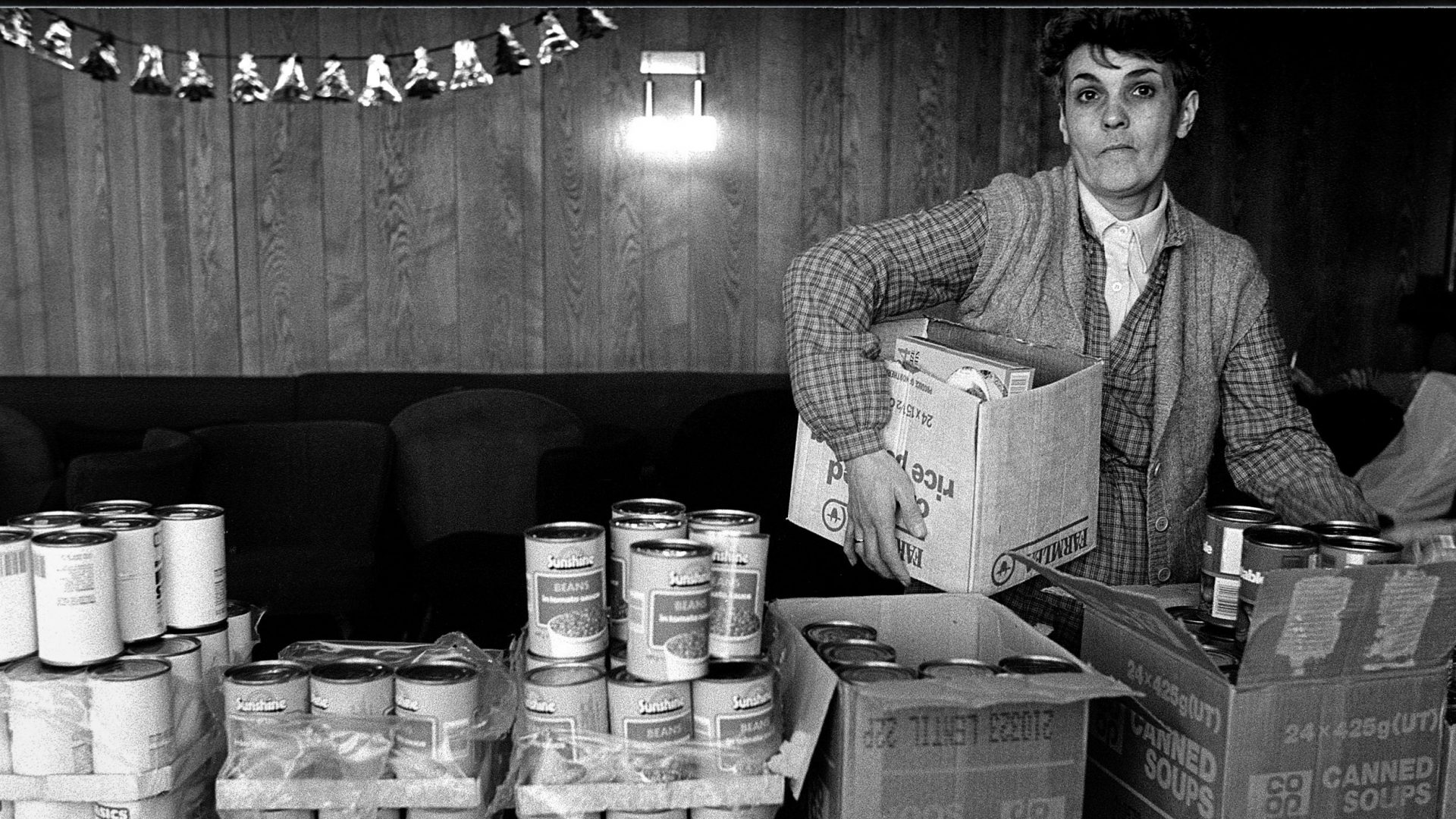Voices in the Coalshed: Women Against Pit Closures

For many years the role of women in the British coalfields was often a traditional one. Their roles were more domestic, often as housewives, supporting the family in the home. As times changed, the women began to work outside the home making a financial contribution to the family too. Many women did not get involved in the working lives of their husbands except, maybe, to socialise in the local Miners’ Welfare club. This changed when a national strike was called in March 1984.
What made the 1984 strike different?
This strike was not one about money, or hours, or conditions; this strike was about pit closures; about communities and about the threat to a way of life which had endured for centuries.
To defend this, these women formed groups in their communities to support each other and their families.
In May 1984, a rally was held in Barnsley, which brought many of these smaller groups together for the first time leading to the formation of Women Against Pit Closures.
In July 1984 a committee was formed with the aim of coordinating their work and making the links between the women’s groups stronger. Although most of the officers were the wives of miners, other groups such as the TUC were also included in recognition of their support for the movement. These groups came together to form the National Women Against Pit Closures or WAPC.
In essence, the women wanted to support their men and to do what they could to promote the cause of preserving the mining industry for theirs and future generations.
Most of the women were not activists to begin with but they revelled in the experience and were supported by more experienced campaigners. One of these was Jean McCrindle, the first treasurer of WAPC; Jean had lectured in adult education and already had links with a number of trades unions and also the Women’s Liberation Movement.
WAPC went from protesting in their local towns and cities to demonstrating in London where a rally was held in August 1984. As they walked past Downing Street the demonstration became a silent protest at the government’s unfeeling attitude in withholding benefits from the miners and their families.
Some argued that the members of WAPC fell into the traditional roles associated with women in mining communities of caring for and feeding their families, but others used their activities to challenge the stereotype and move their cause on often addressing large meetings themselves.
The role of WAPC went on to embrace many things: from fundraising to picketing; from secondary striking to organising rallies; from public speaking to providing food for families in need; from writing pamphlets and articles to doing unpaid work across the country.
These women made an invaluable contribution to the strike and their faces and voices as they campaigned for their families were sometimes used to show a more positive image of the strike in the media. Even today, some of these women are still campaigning for their communities.
This piece was written by Nicola, one of the Museum’s volunteers. Image credit: Keith Pattison